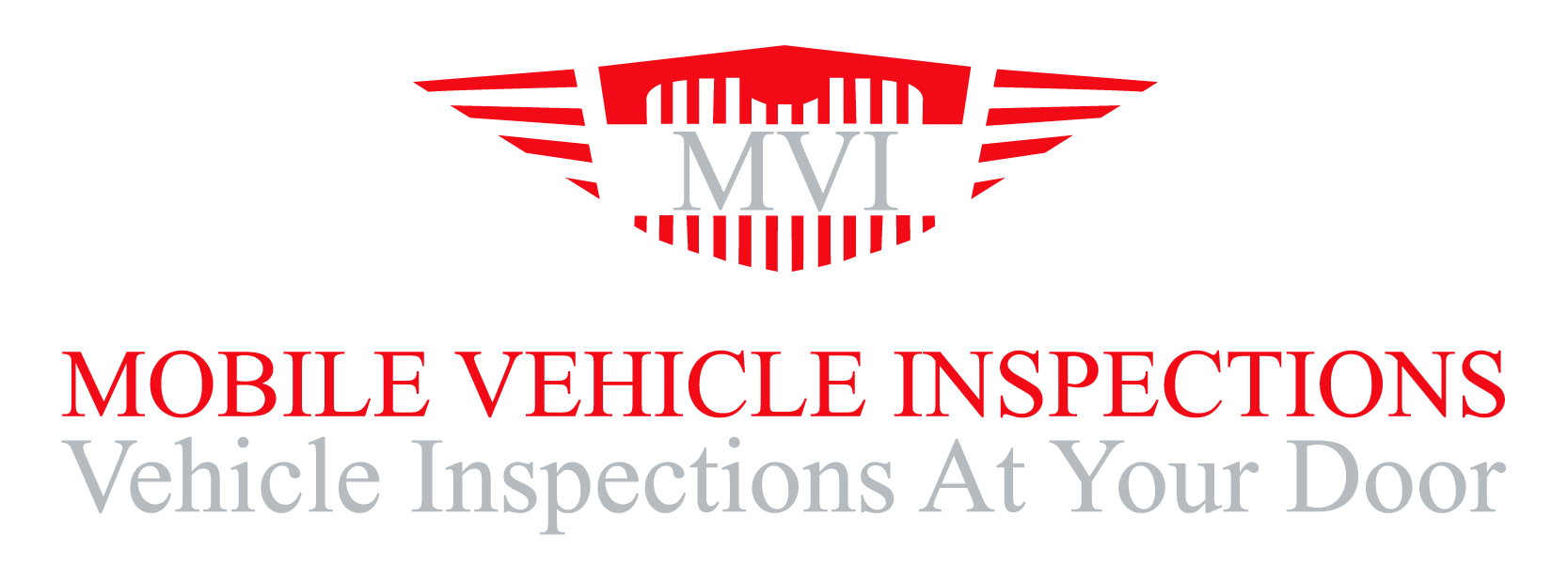As winter approaches, the importance of winter vehicle inspections becomes paramount for ensuring both safety and optimal vehicle performance in cold and challenging conditions. This proactive approach goes beyond routine maintenance and addresses specific aspects crucial for navigating winter roads.
Tire Tread and Pressure
Winter roads can be slippery, and having adequate tire traction is essential. Winter vehicle inspections focus on checking tire tread depth and pressure. Worn-out tires can significantly compromise grip on icy or snowy surfaces, making thorough inspection and timely replacement crucial for maintaining traction.
Battery Health
Cold weather puts additional strain on vehicle batteries, as they need to work harder to start the engine. Winter vehicle inspections include testing the battery’s voltage and ensuring it is in optimal condition. Identifying and addressing battery issues in advance helps prevent unexpected breakdowns in frigid temperatures.
Brake Inspection
Efficient brakes are imperative for safe winter driving. Winter vehicle inspections assess the condition of brake pads, discs, and fluid levels. Addressing any brake issues early on ensures that the braking system performs optimally, enhancing overall safety on icy or snowy roads.
Fluid Checks
Winter vehicle inspections include a thorough check of essential fluids like antifreeze, oil, and windshield washer fluid. Proper levels and appropriate formulations for cold temperatures are crucial to prevent freezing and maintain the vehicle’s overall functionality during winter.
Heating System Evaluation
Winter driving comfort relies heavily on the heating system. Inspections verify the functionality of heaters, defrosters, and climate control systems. Ensuring these components work effectively is not only crucial for comfort but also for maintaining visibility by preventing frost and condensation on windows.
Lights and Wipers Inspection
Limited daylight and adverse weather conditions make proper lighting and visibility crucial during winter. Inspections encompass checking the functionality of headlights, taillights, brake lights, and windshield wipers. Adequate illumination and clear visibility contribute significantly to safe winter driving.
Exhaust System Examination
Winter conditions often lead to increased road salt usage, which can accelerate corrosion of the exhaust system. Winter vehicle inspections assess the exhaust system’s condition, checking for leaks or deterioration. Addressing exhaust issues promptly prevents harmful fumes from entering the vehicle and ensures compliance with safety standards.
Undercarriage Inspection
Winter roads are often treated with de-icing agents and salt, contributing to accelerated corrosion of the vehicle’s undercarriage. Winter inspections involve a comprehensive check of the undercarriage for rust, corrosion, and damage. Treating and addressing issues early on can extend the vehicle’s lifespan and structural integrity.
In conclusion, the importance of winter vehicle inspections lies in their ability to identify and address specific issues that become more pronounced in colder conditions. These inspections contribute to overall safety, reliability, and performance during the winter months. By proactively addressing tire condition, battery health, brakes, fluids, heating systems, lights, exhaust, and undercarriage, winter vehicle inspections ensure that your vehicle is well-prepared to navigate the challenges posed by winter weather, promoting a safe and worry-free driving experience.
